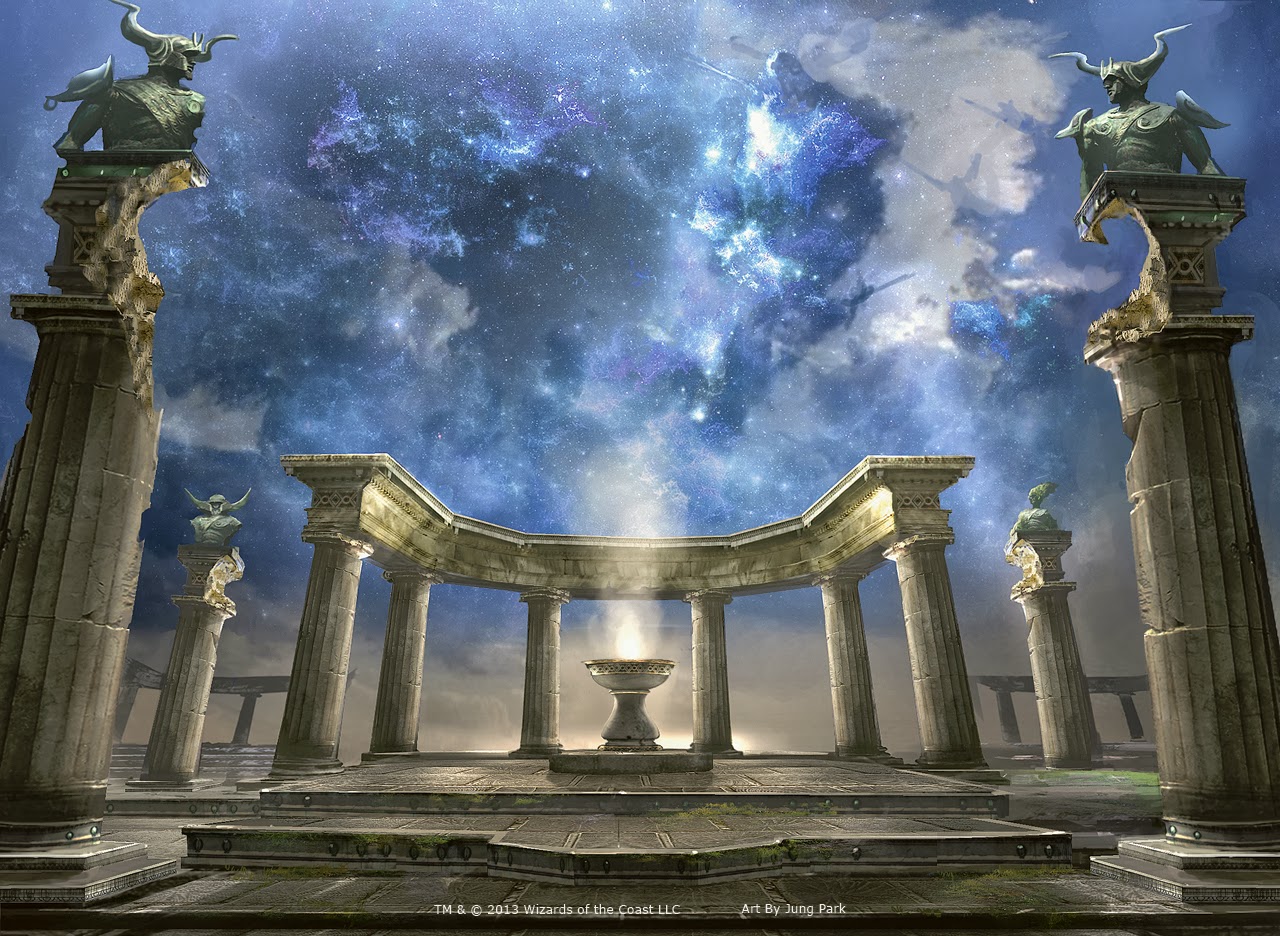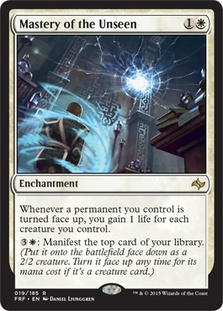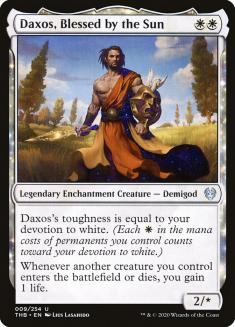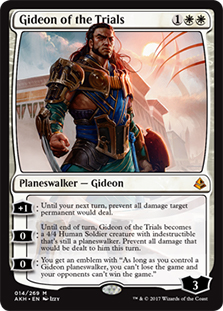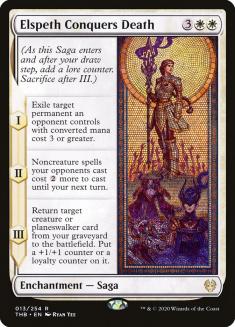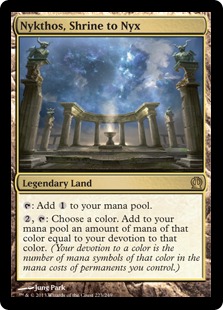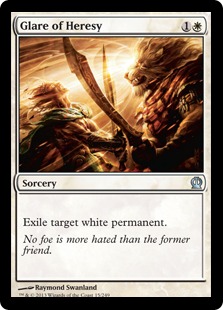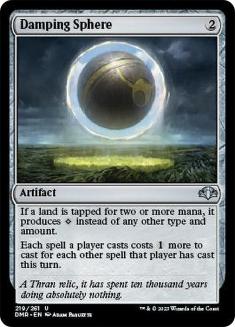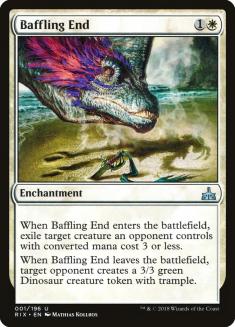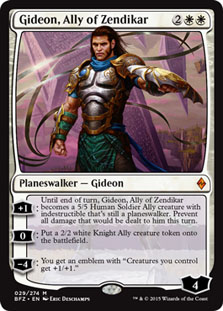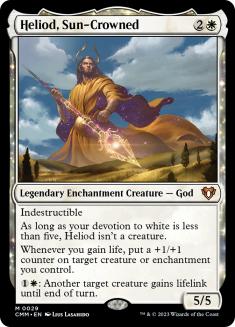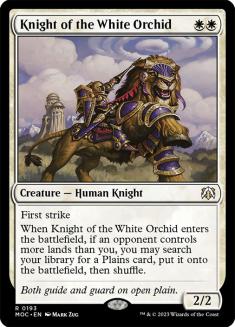Every format in Magic goes through the same cycle. First, powerful new cards are added to a format, or oppressive older cards are removed from it. This causes the metagame to expand and for a period the possibilities seem limitless. Then, major tournaments start happening in the fresh new format. Slowly but surely, the weaker decks are weeded out as players gravitate towards the best-performing decks. The format becomes increasingly narrow until it reaches a rock-paper-scissors equilibrium of the best decks or a new set releases and restarts the cycle.
Smaller, more prestigious events, such as Regional Players Tours and SCG Invitationals, accelerate the narrowing process by throwing a huge amount of talent at the format in a short span of time. Pioneer has just experienced such a narrowing, and the metagame has settled from a mass of decks into just a few.
In my opinion, Pioneer has exactly two Tier 1 decks right now: Lotus Breach and Dimir Inverter. The former kills quickly, ignores most interaction, and plays through hate astonishingly well. The latter is roughly Splinter Twin: a disruptive combo deck with a vulnerable win condition that wins the game out of nowhere.
Below those are a stable of very reasonable decks that don’t rise to the level of the big two. Mono-Red Aggro, Sultai Delirium, Mono-Black Aggro, and Bant Spirits all exist in this category. These decks could all win any given tournament and sport reasonable matchups across the board. After poor performances last weekend by almost every metric, I expect Five-Color Niv-Mizzet, Izzet Ensoul, and Azorius Control to slowly fade from the metagame. They are not gone by any means, but if your favorite deck was primarily being held back by an awful matchup against one of those three, it might be time to break it out.
That brings me to Mono-White Devotion. It’s bad against three specific decks, and a small favorite against the rest of the format. Because it is a slightly bigger aggro deck, it naturally goes over the top of Mono-Red, Spirits, and Mono-Black. The Heliod, Sun-Crowned combo and powerful hate cards like Rest in Peace and Gideon of the Trials make it a small favorite against Dimir Inverter and Sultai Delirium. Its primary bad matchups in the format are Lotus Breach, Azorius Control, and Niv-Mizzet. The former is quite popular at the moment, but the other two are not, leaving Mono-White Devotion in a good spot.
Creatures (24)
- 4 Knight of the White Orchid
- 4 Thraben Inspector
- 4 Walking Ballista
- 2 Tomik, Distinguished Advokist
- 4 Arcanist's Owl
- 2 Daxos, Blessed by the Sun
- 4 Heliod, Sun-Crowned
Planeswalkers (4)
Lands (25)
Spells (7)

Card Choices
3 Mastery of the Unseen: In every aggressive matchup this card is a great end-game. A stream of small bodies combined with lifegain is enough to defeat Mono-Black Aggro or Mono-Red Aggro all on is own. Mastery often comes out in other matchups, but is still reasonable in Game 1. Even when both 2/2s and life are irrelevant, Mastery helps find the combo. Both pieces can be flipped up once manifested, although Ballista needs a +1/+1 counter first.
2 Daxos, Blessed by the Sun; 2 Tomik, Distinguished Advokist; 0 Anafenza, Kin-Tree Spirit: By some quirk of fate, almost every WW two-drop in Pioneer is legendary. Since they are all pretty close in power level, this mostly inclines me to play a variety pack rather than max out on any of them. At the moment, I like two Tomik to give us a fighting chance against Louts Breach in Game 1 and to block pesky two-power Spirits. Daxos is an amazing blocker against the aggro decks and speeds up the combo by adding a second counter to Ballista if you already control Heliod. He also provides a life buffer that helps race against Spirits. Anafenza dies to Wild Slash, making her a lot worse than the other options against Mono-Red. She excels at pressuring the plodding Niv-Mizzet deck, but I don’t think that is a huge concern at the moment.
2 Gideon of the Trials: The extent to which this card is good against Inverter cannot be overstated.They typically have exactly one way to remove it in Game 1. Even after sideboarding, you will usually have more Gideons than they have ways to remove them. When Gideon’s emblem is irrelevant, he provides a three-mana 4/4 that lives through Supreme Verdict. Gideon only truly underperforms against aggressive decks, which tend to be your best matchups anyway.
2 Elspeth Conquers Death: Mono-White Devotion has 25 lands and 4 Knight of the White Orchid. Despite this, it has a relatively low curve. This implies it needs expensive, high-impact cards to utilize its mana. Walking Ballista and Mastery do some of the work here, but I still think a few expensive cards are required. Elspeth Conquers Death does a lot for only five mana. The fact that it can remove any nonland permanent means it is good against every deck in the format save Lotus Breach, and its second ability can even provide some value in that matchup.
3 Nykthos, Shrine to Nyx; 25 lands total: Nykthos is one the most powerful cards in Pioneer, but colorless mana is extremely awkward in a deck that regularly casts cards whose mana costs are entirely colored. This decks needs to play at least 22 white sources, which means a fourth Nykthos would have to be the 26th land. My experience playing the deck is that with 26 lands you simply flood too often. That is especially bad in a deck that regularly wants to intentionally skip a land drop to enable Knight of the White Orchid. If you skip land drops, you may never have time to play out all the lands from your hand.
2 Glare of Heresy: I have found this card to be shockingly versatile in Pioneer. It comes in against the mirror, Azorius Control, Spirits, and even Five-Color Niv-Mizzet. Two copies is a sweet spot since both Spirits and Niv have a limited number of targets.
4 Damping Sphere: Stop messing around and play the maximum number of the best Lotus Breach hate card! No, I don’t care that multiples are redundant or that it shuts off Nykthos.
Matchups and Sideboarding
VS Dimir Inverter
Out:
In:
Gideon of the Trials is the most important card in this matchup. But they have so much discard that it is not important to have it in your opening hand specifically. Remember that you need to get your Gideon down before Inverter of Truth so you can prevent Inverter’s damage with an emblem already made. This matchup can make good use of the passive pressure of the Heliod combo. If you control Heliod or a Ballista with two counters, your opponent will be unable to safely tap out for Inverter.
VS Mono-Black Aggro
Out:
In:
This matchup is straightforward. Use your enchantment removal to stem the bleeding and build up devotion. Then, use either Heliod or Mastery to stabilize and accrue value and life until you win. One Heliod gets shaved because they are unable to remove it, and because your creatures die a lot, you don’t usually want to cast it until later in the game.
VS Mono-Red Aggro
Out:
In:
Try not to expose your Daxos to Wild Slash in the early turns of this matchup. If you deploy other things first, Daxos will be an unkillable blocker and gain you a lot of life over the course of the game.
VS Lotus Breach
Out:
In:
My experience in this matchup is that Rest In Peace is actually very medium. Against you, they don’t need to actually combo off; they just need to cast Ugin, the Spirit Dragon most of the time. Rest in Peace does nothing to prevent that, but I still bring it in because the cards I am cutting are so bad.
You have two basic plans in this matchup: Damping Sphere plus pressure or the Heliod combo. As a result, I do not keep any hand unless it has part of the combo or Damping Sphere. If you do have a Walking Ballista, the right strategy is often to cast it for one immediately, just in case you happen to topdeck Heliod, Sun-Crowned. A Turn 4 kill is usually good enough even in this matchup. You generally want to avoid casting Damping Sphere on Turn 2. Wait until they play a Lotus Field, and then play the Sphere to limit their mana. I have found small number of Baffling End to be surprisingly effective here. Arboreal Grazers and Fae of Wishes can slow your beatdown a lot.
VS Bant Spirits
Out:
In:
This matchup can play out in a few different ways. In some games, you will play the control deck, removing their lords and Spell Quellers and then winning with your individually better cards. In others, you will race using Heliod’s lifelink ability and attacks from the God himself. In still others a Nykthos-powered Ballista will end the game singlehandedly. The most important thing to remember in this matchup is that Spell Queller is their only real answer to the combo. If things get bad, just go for it!
VS Sultai Delirium
Out:
In:
Most games you win of this matchup will involve the combo, but it will take a lot of setup to arrange. Rest in Peace will force out a removal spell, so try to get some value off the trigger first. Then, pressure them as much as you can, and go for the combo just before they cast Emrakul, the Promised End. Even if you have Stasis Snare, you will usually die soon after they control your turn. Be aware that if you manage to achieve a three-counter Ballista with two Heliod activations up, you can go off through a single removal spell. That sometimes happens in this matchup.
Mono-White Devotion is not the best deck in Pioneer, but it reasonably well-positioned and fundamentally powerful. If weird combo decks are not your style, try giving eighteen basic Plains a try. You won’t be disappointed.

